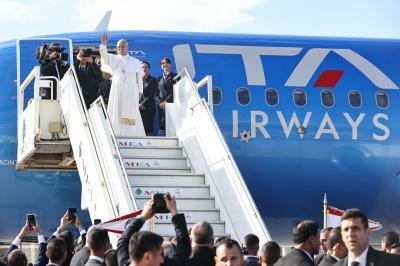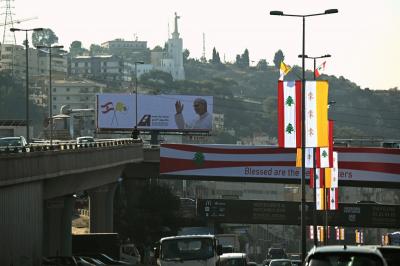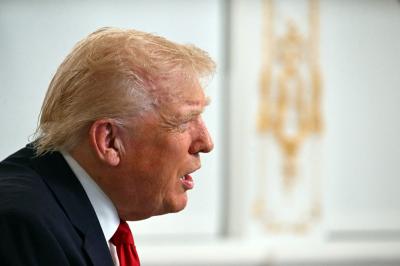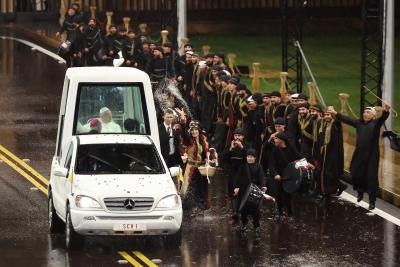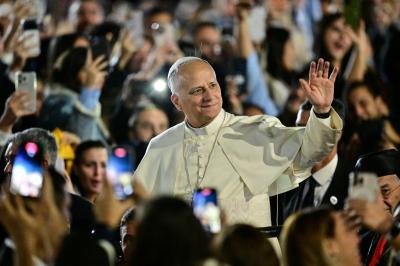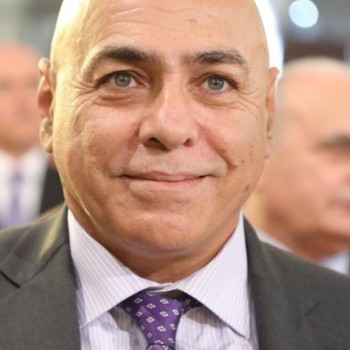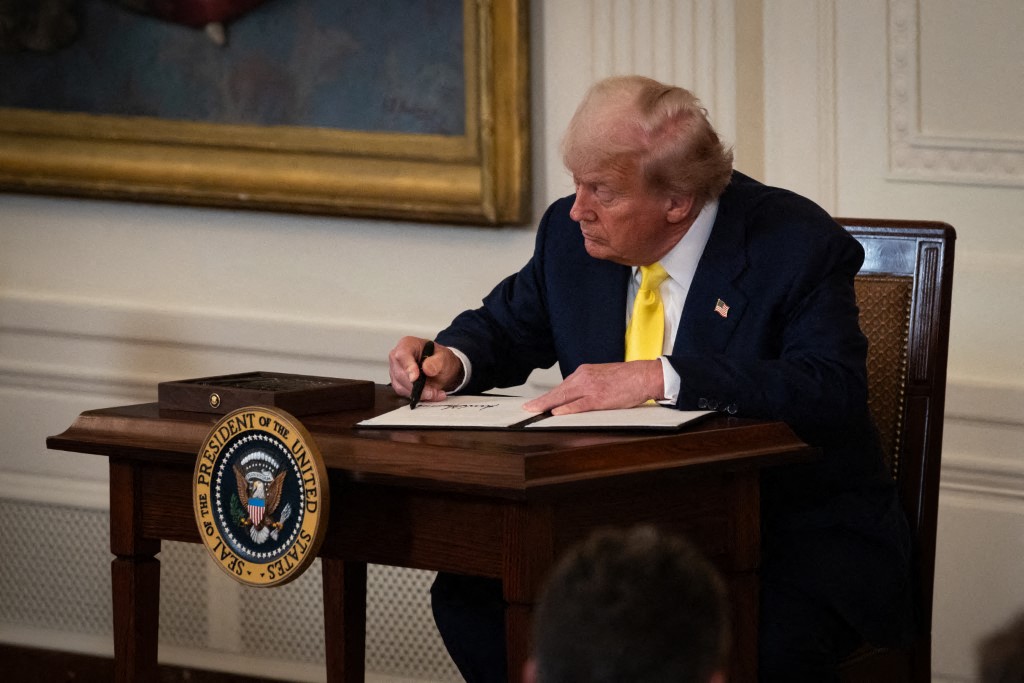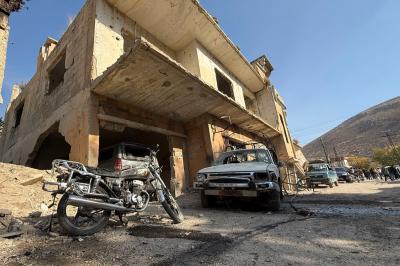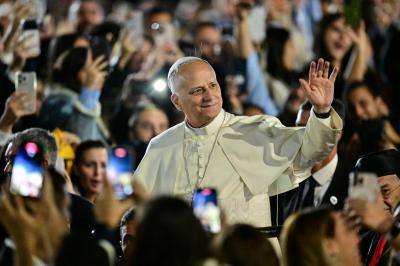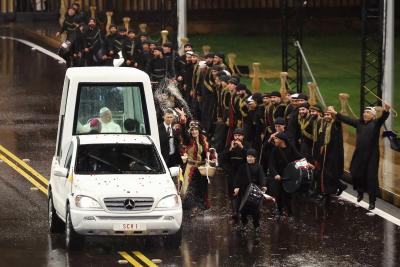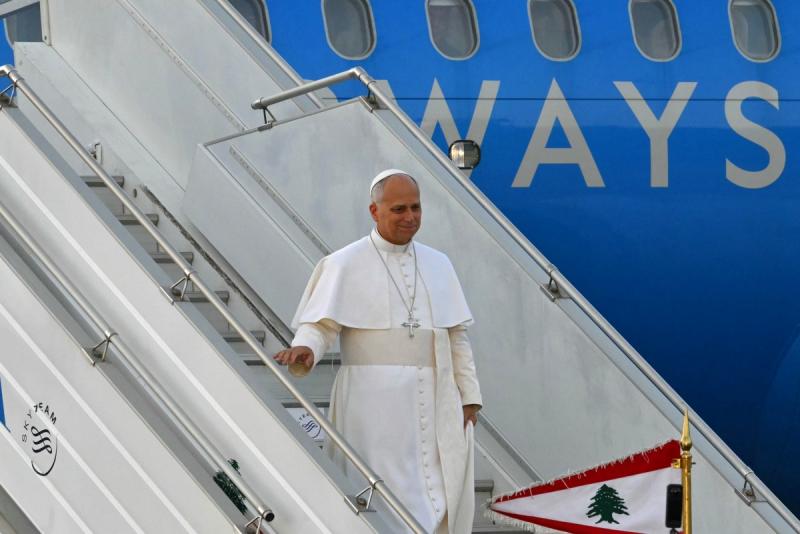As the Russia-Ukraine war grinds into its fourth year, after eight years of low impact engagement in Eastern Ukraine, President Donald Trump has escalated efforts to force a resolution through a dual strategy of economic coercion and high-level diplomacy. His administration's recent threats of secondary sanctions targeting buyers of Russian energy, notably China and India, and the potential for a Trump-Putin summit reflect a volatile mix of optimism and frustration. However, with military advances continuing on the ground and diametrically opposed demands from Moscow and Kyiv, the path to peace remains fraught with obstacles.
Let us examine Trump’s sanctions strategy aiming at squeezing Russia's lifelines. It includes
Escalating Economic Warfare
Trump's latest move was to impose a 25% tariff on Indian goods, doubled to 50% two days ago, with threats of 100% "secondary tariffs" on nations trading with Russia. It aims to cripple Moscow's oil revenue, which funds its war machine, and the logic is straightforward: by punishing third-party buyers like China ($62.5B in Russian oil purchases in 2023) and India ($52.7B), the United States hopes to isolate Russia economically.
However, this approach carries risks to lead to a global trade fallout, as it risks alienating US allies such as Turkey, and disrupting its own supply chains, as China and India are major exporters of consumer goods and critical minerals.
It also carries limited leverage, for Beijing has defied US sanctions on Iran and may continue buying Russian oil, while India has defiantly called the tariffs "unfair" and vowed to prioritize energy security for its 1.4 billion people.
Targeting Shadow Fleet
A parallel effort focuses on Russia's "shadow fleet" of aging tankers that evade the G7's $60/barrel oil price cap. Sanctioning these vessels could cut Russia's monthly oil exports by 73%, as seen in previous crackdowns. Yet Moscow has adapted to sanctions before, and Vladimir Putin's aides dismiss the threats, claiming Russia's economy is now "immune" to Western pressure.
As a potential Trump-Putin summit looms, the diplomatic dance takes center stage.
Contradictory Positions
Putin demands the recognition of annexed territories (Crimea, Donbas), Ukrainian neutrality, and sanctions relief. On the Ukrainian side, Volodymyr Zelensky has issued redlines, rejecting territorial concessions, displaying NATO membership aspirations, and demanding real security guarantees.
Reports suggest that Trump has floated concessions like blocking NATO membership for Ukraine and accepting Russian-seized land, a non-starter for Kyiv.
The Summit's Potential, Pitfalls
Kremlin aide Yuri Ushakov confirmed a Trump-Putin meeting could occur as early as next week, possibly alongside Zelensky in a trilateral format. While Trump touted "great progress" after envoy Steve Witkoff's Moscow talks, skeptics warn Putin may be playing by time, bringing back Trump's 2018 Helsinki summit with Putin, which ended with Trump undermining his own intelligence agencies.
Russia gained 713 sq km in July alone, dominating Donetsk (78% controlled). Putin may see little incentive to halt advances before securing more territory, as the war's dynamics shadow over the diplomacy
Russia's Momentum, Ukraine's Struggles
Russia's summer offensive has yielded steady gains, particularly in Donetsk, where its artillery and drone superiority are grinding down Ukrainian defenses. This strengthens Putin's hand: any ceasefire now would lock in territorial gains, akin to freezing the conflict on Moscow's terms.
On the other side, Ukraine's pleas for Patriot missiles and F-16s underscore its vulnerability to Russian airstrikes such as the August 1 Kyiv attack that killed 31 people. Trump's "arms laundering" plan, selling weapons to NATO allies for transfer to Ukraine, has delivered some aid but falls short of Kyiv's defensive needs.
The Nuclear Wildcard
Trump's deployment of nuclear submarines following threats from Dmitry Medvedev signals a dangerous escalation. Putin could exploit this to frame the U.S. as the aggressor, complicating peace talks.
Trump's peace push hinges on two fragile pillars: the first is economic pain, by imposing secondary sanctions hoping to inflict enough damage to force Putin's hand without triggering a global trade war. The second is diplomatic theater, with the summit possibly yielding symbolic wins, such as a temporary ceasefire. Lasting peace, however, requires concessions neither Ukraine nor Putin seem willing to make.
With Russia’s military advantage growing, the coming weeks will test whether coercion and diplomacy can halt Europe's bloodiest conflict since WWII, or merely prolong it. As Zelensky warned, the key is ensuring Putin "doesn’t deceive anyone in the details."
For now, the world watches to see if Trump’s dealmaking prowess can overcome Putin's ruthlessly cool calculations.
Please post your comments on:
comment@alsafanews.com
 Politics
Politics
